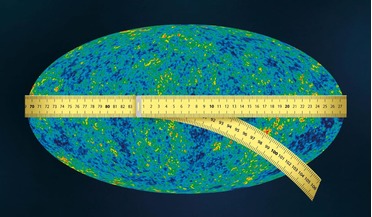 28 December 2016
Discrepancies in data suggest less dark matter now than after the big bang
28 December 2016
Discrepancies in data suggest less dark matter now than after the big bang
... galaxies make up only 4.9 percent of all of the matter in the Universe, whereas dark matter accounts for 26.8 percent. The rest is made up... matter (DDM) hypothesis, which states that in the early Universe there was more dark matter, but then some of ...
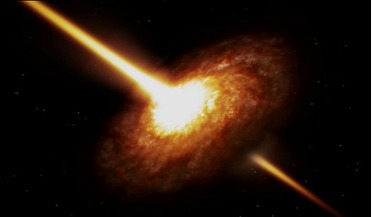 22 May 2017
Researchers create largest-ever 3D map of the Universe
22 May 2017
Researchers create largest-ever 3D map of the Universe
... square degrees of the sky, the team were able to correlate BAO signals with overdense regions in the early Universe to show how it has evolved with time. "Even though we understand how gravity works, we still do not understand...
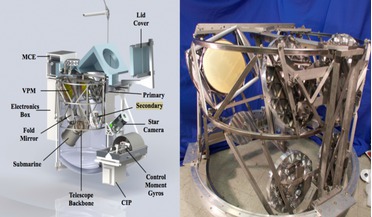 26 July 2016
Will PIPER be successful in confirming Inflation Theory?
26 July 2016
Will PIPER be successful in confirming Inflation Theory?
... be expected if small thermal variations, generated by quantum fluctuations of matter, had expanded to the size of the current observable Universe. These residual variations are quite literally the seeds of the stars and galaxies that we see today...
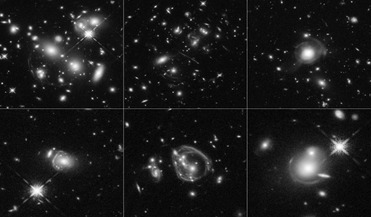 07 June 2017
Rare, massive, starburst galaxies captured in detail by Hubble
07 June 2017
Rare, massive, starburst galaxies captured in detail by Hubble
...decades that some of the most luminous galaxies in the Universe are very dusty and massive, and they're undergoing ...is flooding into the faraway galaxies from another source. "The early universe was denser, so maybe gas is raining down on the galaxies...
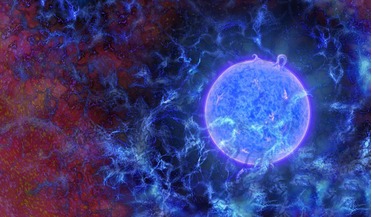 02 March 2018
Light from the Universe’s first stars detected
02 March 2018
Light from the Universe’s first stars detected
... years of the Big Bang. "Finding this minuscule signal has opened a new window on the early universe," says astronomer Judd Bowman of the University of Arizona, the lead investigator on the project. It has long been suspected that the...
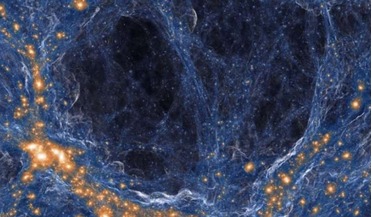 15 August 2018
Space is dark and not as full of galaxies as we thought, new study shows
15 August 2018
Space is dark and not as full of galaxies as we thought, new study shows
...search for clues about the first generations of galaxies and how they illuminated the universe in the billion years after the Big Bang. According to Furlanetto, the astronomers... ecosystem took shape during that period of the early universe.